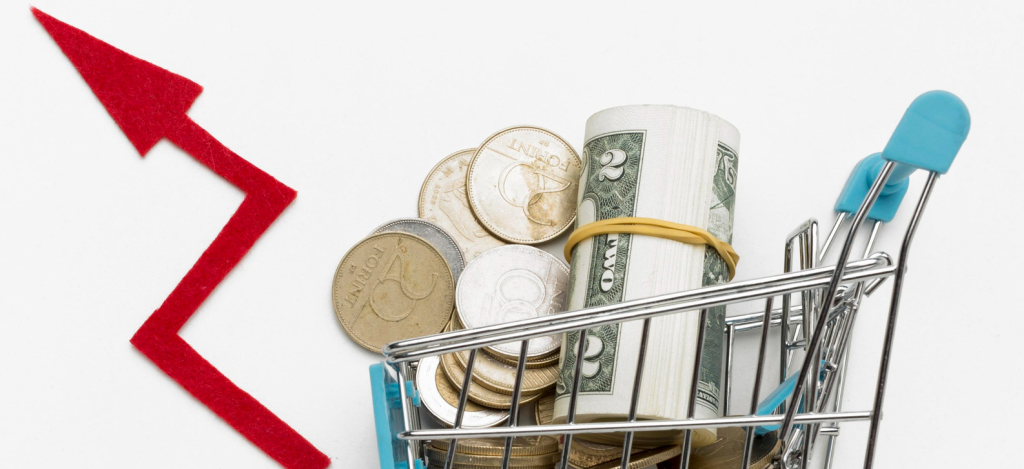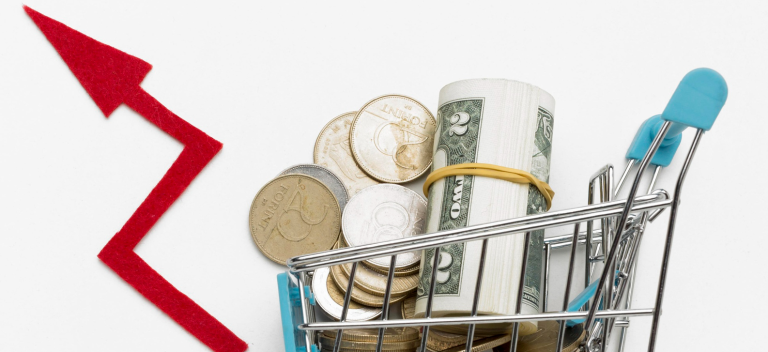Tariffs influence trade, and trade influences economies. These import taxes have an impact on everything in Europe, from retail prices to diplomatic ties. Understanding tariffs is essential whether you’re an analyst monitoring international trade policies, a consumer curious about price fluctuations, or an entrepreneur overseeing supply chains. However, what are their effects and how do they really operate?
Table: Types of Tariffs in Europe (2024)
| Tariff Type | Purpose | Impact on Trade |
|---|---|---|
| Common Customs Tariff (CCT) | Standard EU import tax | Ensures a unified trade policy across member states |
| Tariff Rate Quotas (TRQs) | Limited low-tariff imports | Controls trade while maintaining competition |
| Anti-Dumping Tariffs | Prevents artificially low pricing | Shields European businesses from unfair competition |
| Safeguard Tariffs | Temporary barriers against market shocks | Protects industries from sudden market imbalances |
| Retaliatory Tariffs | Response to foreign policies | Counters unfair trade practices |
🔗 Reference: EU Trade – Access2Markets
Why Do Tariffs Exist?
Tariffs are strategic instruments that affect economies; they are more than just taxes. They significantly boost the competitiveness of domestic products by raising the price of imported goods. Tariffs have played a particularly important role in Europe’s trade negotiations over the last ten years, especially with the United States and China.
In the context of global trade, tariffs act as speed bumps. They divert customers to local companies by slowing down some imports. However, they also increase expenses, resulting in a challenging balancing act between market accessibility and economic protection.
Who Actually Pays for Tariffs?
One of the most common misconceptions is that foreign exporters are responsible for paying tariffs. In actuality, the burden falls on the importers, which are European companies. Customers ultimately pay more at the register as a result of this expense.
Consider a Dutch retailer of electronics bringing in laptops from China. The retailer can either absorb the cost (lowering profit margins) or pass it on to customers (raising prices) if the EU imposes a 10% tariff. The effect is noticeable across the economy in either scenario.
The European Tariff System: A Unified Approach
The EU functions as a customs union, in contrast to disjointed systems in other areas. This implies that the same import taxes are applied by each member state to goods coming into the bloc. After entering, those items are free to travel around without paying extra border taxes.
Europe guarantees that all 27 member states are subject to the same set of trade regulations by incorporating a Common Customs Tariff (CCT). This strategy is very effective because it removes internal obstacles and gives the EU more negotiating leverage in international trade agreements.
Tariff Rate Quotas (TRQs): A Controlled Gateway for Imports
The EU uses Tariff Rate Quotas (TRQs) to strike a balance between trade openness and protectionism. Under this system, a certain amount of goods, such as steel, sugar, or beef, can be imported at a lower tariff rate. Standard tariffs, which are frequently higher, are applied after the quota is reached.
The EU might, for instance, allow 500,000 tons of Brazilian beef at a reduced tariff. Every extra ton, however, is subject to a much higher rate of taxation if Brazilian exporters surpass that cap. This approach maintains market diversity while guaranteeing local farmers remain competitive.
Trade Wars and Tariffs: Europe’s Defensive Strategy
In international conflicts, tariffs are increasingly being used as political weapons. They have been used by Europe in recent years to defend domestic industries and combat unfair trade practices.
- U.S. steel and aluminum tariffs prompted the EU to impose retaliatory duties on American exports, from whiskey to motorcycles.
- Chinese electric vehicles (EVs) faced EU tariffs to prevent an influx of heavily subsidized cars from dominating the market.
- Brexit reshaped tariff policies, leading to new barriers between the UK and EU, particularly in agriculture and manufacturing.
By taking these steps, the EU has protected important industries from outside disruptions and significantly strengthened its position as a player in international trade.

Are Tariffs Good or Bad for the Economy?
🔹 The Case for Tariffs:
- Encourages local production, reducing dependence on foreign goods
- Protects domestic industries from unfair competition
- Prevents dumping, where foreign companies sell below market value
- Strengthens trade leverage, allowing the EU to negotiate better deals
🔹 The Case Against Tariffs:
- Raises prices for consumers, making everyday goods more expensive
- Increases supply chain costs, forcing businesses to adjust pricing
- Can trigger trade wars, leading to further economic instability
- Slows down market efficiency, discouraging global trade partnerships
Europe lowers economic risk while protecting its industries by carefully deciding when and how to impose tariffs.
How Can Businesses Minimize Tariff Costs?
Tariffs can be a significant financial barrier for businesses that depend on imports. Strategic planning, however, can significantly reduce these costs.
📌 Use Free Trade Agreements (FTAs): The EU has over 40 trade agreements that reduce or eliminate tariffs for partner nations.
📌 Source Within the EU: By shifting supply chains to member states, businesses can avoid external tariffs altogether.
📌 Plan Around Tariff Rate Quotas (TRQs): Importers can strategically time shipments to stay within lower tax brackets.
📌 Engage in Trade Advocacy: Many industries lobby for tariff reductions or exemptions to remain competitive in global markets.
Businesses can drastically optimize their trade operations and cut down on wasteful spending by utilizing these tactics.
Key Takeaways: What You Need to Know About EU Tariffs
✔ Tariffs act as trade barriers, influencing the cost of imported goods.
✔ The EU applies a unified tariff system, ensuring consistency across member states.
✔ Tariff Rate Quotas (TRQs) regulate imports, balancing market competition.
✔ Trade wars have shaped recent tariff policies, particularly with the U.S. and China.
✔ Businesses can strategically minimize costs through trade agreements and local sourcing.
Policymakers are not the only ones who need to understand tariffs; industries, pricing schemes, and economic stability are all impacted. Being informed can give you more confidence when navigating international trade, whether you’re a retailer, importer, or customer.
FAQs on How Tariffs Work for Europe
🔹 What are tariffs, and why does the EU use them?
Tariffs are taxes on imports designed to make foreign goods more expensive, protecting local industries and shaping trade policy.
🔹 Who actually pays tariffs in Europe?
Importers bear the initial cost, but expenses are often passed down to businesses and consumers.
🔹 What is a Tariff Rate Quota (TRQ)?
A system that allows a limited amount of goods to be imported at lower tariffs before higher rates apply.
🔹 How do tariffs affect prices?
Higher tariffs increase the cost of imported goods, leading to notably higher consumer prices.
🔹 How can businesses reduce tariff costs?
By leveraging free trade agreements, sourcing within the EU, and optimizing supply chain strategies.


